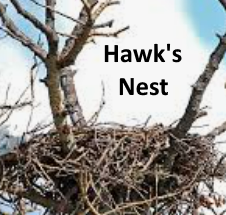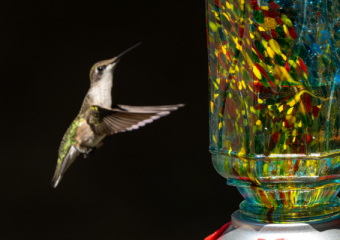Stunning Salvia Guide: Best Perennials for Hummingbirds & Growth Tips

The Enchanting World of Black and Blue Salvia: A Hummingbird’s Paradise
Black and Blue Salvia, a name that conjures images of vivid, striking colors and an air of mystery, belongs to the expansive and diverse family known as Lamiaceae. This family, also commonly referred to as the mint or sage family, is renowned for its aromatic members, many of which are celebrated for their culinary, medicinal, and ornamental values. But what sets the Black and Blue Salvia apart, making it a coveted jewel in gardens across the United States? Let’s delve into the fascinating world of this plant, exploring its origins, its nature as a perennial or annual, and its unique relationship with hummingbirds.
The Lamiaceae Family and Its Distinguished Member
The Lamiaceae family is a true testament to nature’s diversity, housing an array of plants that are not only pleasing to the eye but also serve various purposes. Salvia guaranitica, commonly known as Black and Blue Salvia, stands out within this family for its distinctive, deep blue flowers with black calyces and stems. Its aesthetic appeal is undeniable, but its characteristics and role in the ecosystem are what truly make it remarkable.
A US Favorite: Where is Black and Blue Salvia Grown?
This plant has found a home in many gardens across the United States, particularly thriving in USDA Hardiness Zones 7 through 10. In these areas, Black and Blue Salvia graces landscapes from early summer well into the fall, offering a consistent display of its striking blooms. It favors sunny spots and well-drained soil, proving to be quite adaptable and low-maintenance, which further adds to its popularity among gardeners.
Perennial or Annual? Understanding Its Lifecycle
The nature of Black and Blue Salvia as a perennial or annual is largely dependent on the climate where it’s grown. In its ideal hardiness zones (7-10), it flourishes as a perennial, returning year after year to enchant with its vibrant colors. However, in cooler regions, where temperatures dip below its tolerance during winter, it is often grown as an annual. This versatility allows gardeners across a wide range of climates to enjoy its beauty, albeit with varying degrees of permanence.
A Hummingbird’s Favorite Plant: Exploring the Attraction
What makes Black and Blue Salvia a hummingbird’s favorite plant? The answer lies in its tubular flowers, which are perfectly shaped to accommodate the feeding habits of these tiny birds. The deep blue blossoms provide a rich source of nectar, which is essential for sustaining the high energy needs of hummingbirds. But does the plant produce hummer nectar specifically? While the term “hummer nectar” might sound specialized, it essentially refers to the sweet, energy-rich nectar that many flowers, including Black and Blue Salvia, produce to attract pollinators like hummingbirds.
Pollination: A Symbiotic Dance
The process of pollination in Black and Blue Salvia is a fascinating demonstration of nature’s intricacy. As a hummingbird hovers, darting its long beak into a flower to reach the nectar, the plant’s reproductive structures deposit pollen onto the bird. When the hummingbird moves to the next flower, some of this pollen is transferred, enabling fertilization. This symbiotic relationship highlights the importance of Black and Blue Salvia in supporting local ecosystems, particularly in providing food for hummingbirds, which in turn, aids in the plant’s reproduction.
Conclusion
Black and Blue Salvia is more than just an aesthetically pleasing addition to gardens; it’s a crucial player in the survival of hummingbirds and a testament to the wonders of ecological interactions. Its belonging to the Lamiaceae family adds a layer of intrigue, knowing it shares lineage with many plants integral to human culture and well-being. Whether grown as a perennial or an annual, its role in attracting and feeding hummingbirds is undeniable, offering a spectacle of nature’s harmony and interdependence right in our backyards. Thus, by fostering these plants, gardeners not only enhance the beauty of their spaces but also contribute to the vital support of local wildlife, making the world a richer, more vibrant place.





